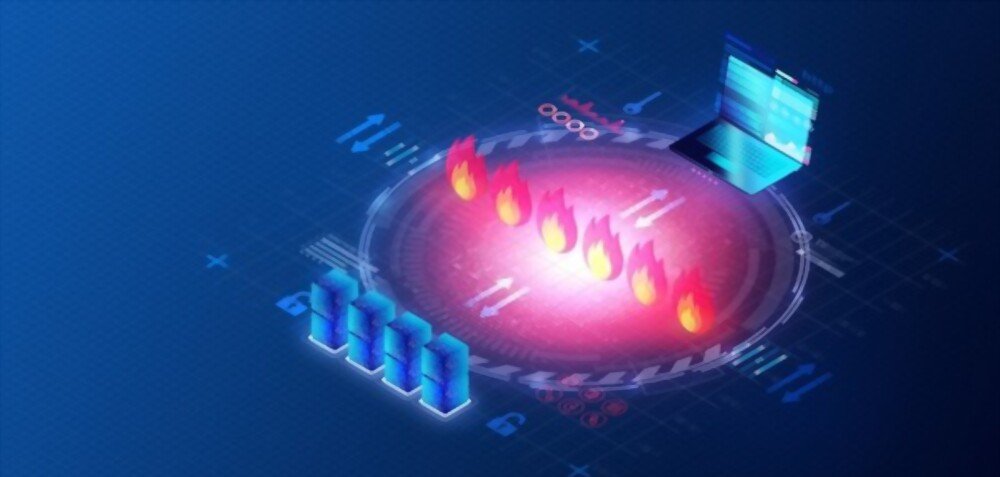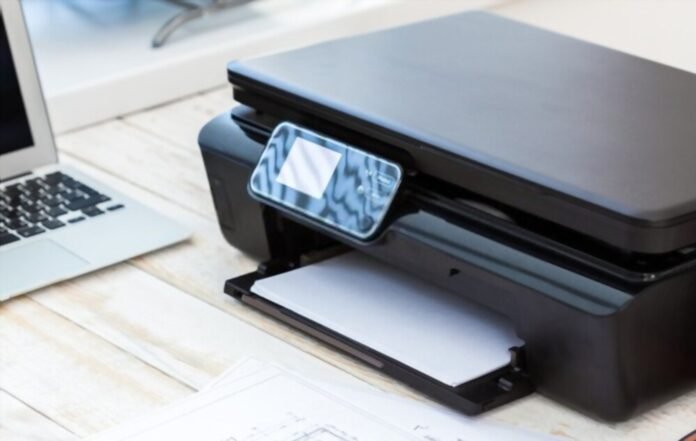Sometimes your Windows 10 printer will pause for no apparent reason, which can be frustrating when you have documents to print. Fortunately, there are several solutions to resolve this problem. In this article, we'll explore the different steps you can take to get your printer back up and running.
Here is a video tutorial : quick and effective!
1. Checking connections and printer status
Wired and USB connection
Make sure the printer is connected to your computer via USB port or Ethernet cable. Check that the cables are securely connected and not damaged. If you are using a network printer, also check that the printer's IP address is correct and that it is connected to your router or modem.
Wireless connection and Wi-Fi Direct
For Wi-Fi wireless printers , make sure they are connected to the same network as your computer and that the network is working properly. You can check the wireless connection status by accessing the printer settings or your router's administration interface. For Wi-Fi Direct-enabled printers, make sure the feature is turned on and the device is properly connected.
2. Check printer settings in Windows 10
Configuration panel

Access the configuration panel by clicking on the Start menu and looking for "configuration panel". Then click on "Devices and printers" to display the list of printers installed on your computer.
Good to know: Bluetooth disappeared on Windows 10: how to activate it?
Set the default printer
Right click on your printer (for example, Canon Pixma, HP Deskjet, Brother MFC or Epson Stylus) and select "Define as default printer" if it is not already. This will allow Windows 10 to automatically direct printing work to this printer.
Check printer status
Make sure the printer is not in break by right click on its icon and selecting "see what is printed". In the window that opens, check if the printer is on a break. If this is the case, click on "Printer" in the menu at the top and uncheck the "Pause" option.
3. Updating Printer Drivers
- It is important to keep your printer drivers up to date to avoid compatibility issues. Here's how to update your printer driver in Windows 10:
- Right -click the printer icon in "Devils and printers" and select "Printer properties".
- Go to the "Pilot" tab and click "Update the driver". Follow the on -screen instructions to search and install the latest version of the driver automatically. You can also go to the printer manufacturer's website (Canon, HP, Brother or Epson) to manually download the driver corresponding to your printer model and your Windows .
4. Checking firewall and homegroup settings

Printing problems can sometimes be related to firewall or homegroup issues in Windows 10. Make sure your computer's firewall allows communication with the printer by adding an exception for the printer software. the printer and the printer port used. If you are connected to a homegroup, verify that the printer sharing settings are configured correctly.
5. Reinstalling the printer
If all the previous steps did not resolve the issue, you can try uninstalling and then reinstalling the printer on your computer.
- Access "peripherals and printers" in the configuration panel.
- Right click on the printer icon and select "Delete the device".
- Restart your computer.
- Reinstall the printer following the manufacturer's instructions for your printer model. You may need to use an installation CD-ROM or download the installation software from the manufacturer's website.
6. Other Tips for Solving Printing Problems
- Print a test page: This allows you to check if the printer is working correctly and if the problem is with the computer or the printer itself.
- Clean the ink cartridges and printheads: If the printer produces poor quality prints, cleaning the cartridges and printheads may resolve the problem.
- Check ink levels: Make sure the ink cartridges are not empty and refill them if necessary.
- Use alternative printing solutions: If you are unable to resolve the issue with your printer, you can use online printing services or mobile apps to print your documents.
In conclusion, fixing a paused printer issue in Windows 10 may require several steps, from checking connections and printer status to updating drivers and reinstalling the printer. By following the tips and tricks presented in this article, you should be able to resolve most printing problems and get the most out of your Canon, HP, Brother or Epson printer.




